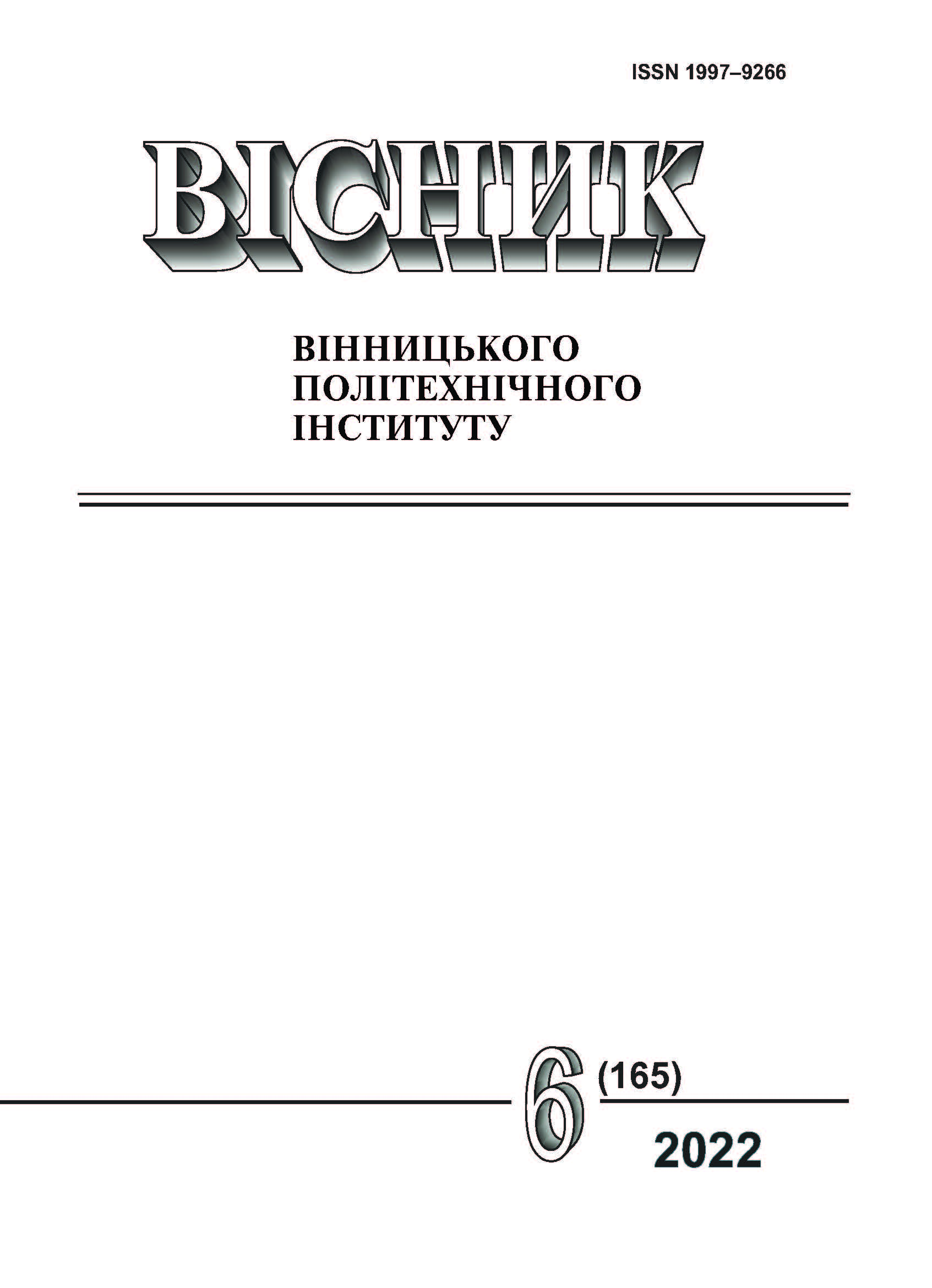Regeneration of Solvents for Washout Photopolymer Printing Plates as a Solution to Environmental Problem
DOI:
https://doi.org/10.31649/1997-9266-2022-165-6-18-22Keywords:
photopolymer forms, solvent, washout, harmfulness, regeneration, distillationAbstract
Much attention from the point of view of environmental protection is paid to the process of manufacturing photopolymer flexographic printing plates, where the waste is saturated with washout photopolymer components solutions that pose a potential hazard to the environment and require the introduction of additional measures for disposal or regeneration. Washout solutions are mixtures of organic solvents with washout photopolymer composition, which can be regenerated for reuse. Distillation was performed in a glass reactor on an oil bath with electric heating. The vapors were condensed in a direct-flow water-cooled reflux condenser. The quality of the regenerated mixed solvents was controlled by the refractive index. The refractive index was determined on a refractometer RL-2.
The following temperature regime of regeneration of the spent washout solution was established: the beginning of distillation (at 760 mm Hg) — 130°°C, distillation of the main fractions — 135…170°°C. After regeneration, 90…95°% of the distillation and up to 10°% of the photopolymer composition residue were obtained after distillation by the composition of solvents according to the values of the refractive index, for which a linear correlation was established.
The studies have shown the possibility of regeneration of the solution for washout the relief image of photopolymer printing plates by distillation. In this case, preference should be given to a mixture of solvent-isopentanol in proportions of 10:2 or 10:3, as such proportions allow to intensify the distillation process. The experimental results indicate the possibility of adjusting the composition of the solution after distillation according to the refractive index values, according to the obtained linear correlation.
References
Global Flexographic Printing Plate Sales Market Report 2021. [Electronic resource]. Available: https://www.marketresearch.com/QYResearch-Group-v3531/Global-Flexographic-Printing-Plate-Sales-14392466 . Accessed: 22 September 2022.
Directive 2004/42/CE of the European Parliament and of the Council of 21 April 2004. [Electronic resource]. Available: https://eur-lex.europa.eu/legal-content/EN/TXT/?uri=CELEX%3A01999L0013-20040430 . Accessed: 2 Осtober 2022.
Positioning Solvent, Water-Wash, Thermal & Liquid Flexographic Printing Plate Processors. [Electronic resource]. Available: https://www.flexography.org/industry-news/positioning-solvent-water-wash-thermal-liquid-flexographic-printing-plate-processors . Accessed: 5 Осtober 2022.
Flexographic Washout Solvents Absolute are the market leader in the supply and laundering of flexographic solvents in the UK. [Electronic resource]. Available: https://www.absolutesolvents.co.uk/products/flexographic-washout-solvents/flexosol-pb3 . Accessed: 2 Осtоber 2022.
В. Г. Слободяник, «Удосконалення технології та пристрою для вимивання фотополімерних флексографічних друкарських форм.» автореф. дис. канд. техн. наук, 05.05.01, М-во освіти і науки України, Укр. акад. друкарства. Львів, 2014, 23 с.
В. В. Шибанов, «Розчин для вимивання рельєфних зображень фотополімерних друкарських форм,» Патент 62051 Україна, МПК G 03 F 7/32, B41M1/00 , заявник і патентовласник Українська академія друкарства. № 2002043084; заявл. 16.04.2002; опубл. 15.12.2003, Бюл. № 12.
Keisuke Tokoro, Shigeki Asahi, Masanori Furukawa, Koki Matsuoka and Daisuke Inoue. “AquaGreen Photosensitive Water-Wash Flexo Plate to Meet the Environmental Needs of the Printing Industry,” SEI Technical Review, no. 81, pp. 84-89, October 2015.
Aydogan Figen, “A polymer washout solvent, and the use thereof for developing a flexographic printing plate,” Patent WО2011042225 (A1), G0F7/32, Flexoclean Engineering; publ. 2011.04.14.
Д. Рот, «Розумний та ефективний спосіб відновлення промивних розчинників,» Упаковка, № 6, с. 25-26, 2021.
David Roth, «Auswaschlösemittel – Wiederaufbereitung ist die bessere Lösung,» Flexo+Tief-Druck, 1, pp. 28-29, 2020.
Bruce Welt, and Mike Ferrari, Flexography’s Sustainable Circular Future: Plates & Packaging. [Electronic resource]. Available: https://www.flexography.org/webinars/flexographys-sustainable-circular-future-plates-packaging . Accessed: 29 September, 2022.
Downloads
-
PDF (Українська)
Downloads: 162
Published
How to Cite
Issue
Section
License

This work is licensed under a Creative Commons Attribution 4.0 International License.
Authors who publish with this journal agree to the following terms:
- Authors retain copyright and grant the journal right of first publication.
- Authors are able to enter into separate, additional contractual arrangements for the non-exclusive distribution of the journal's published version of the work (e.g., post it to an institutional repository or publish it in a book), with an acknowledgment of its initial publication in this journal.
- Authors are permitted and encouraged to post their work online (e.g., in institutional repositories or on their website) prior to and during the submission process, as it can lead to productive exchanges, as well as earlier and greater citation of published work (See The Effect of Open Access).





